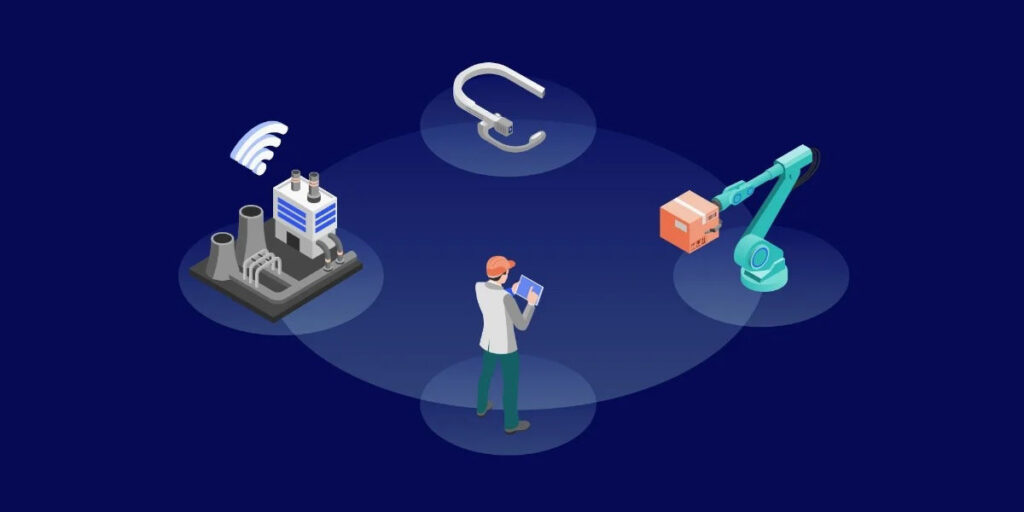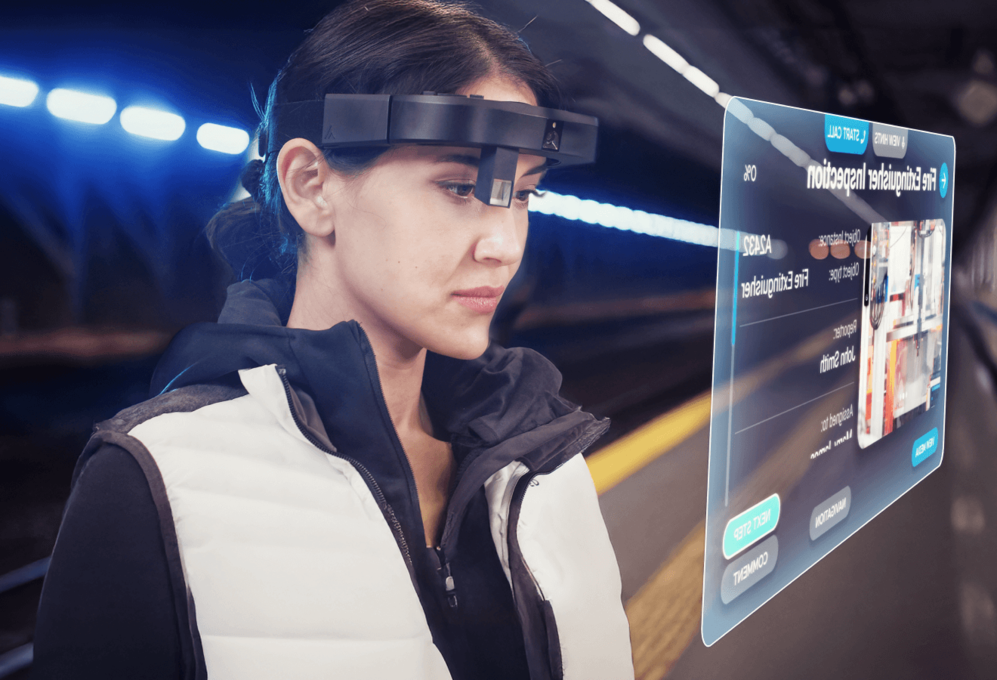How AI, AR, and Remote Access is Redefining IT/OT Industries
In a world where industrial boundaries are rapidly blurring, transformative technologies are converging to form systems that not only streamline operations but are reshaping how businesses interact with both physical and digital realms. The integration of advanced AI and AR with remote access solutions is redefining the landscape for IT and OT-dependent industries. As these innovations meld, they promise to elevate productivity and decision-making while challenging traditional operational protocols.
AI and AR: Catalysts for Industrial Transformation
The marriage of artificial intelligence and augmented reality is more than a stroke of technological brilliance—it’s a strategic revolution. In industries ranging from manufacturing to energy, technicians are no longer confined to manuals or purely physical diagnostics. For instance, imagine a field worker on an industrial site donning an AR headset that projects real-time, AI-analysed data directly onto machinery. This overlay not only accelerates troubleshooting but also decreases the probability of human error, driving maintenance efficiency to new heights. In the digital realm, AI-powered systems enable predictive analytics; according to Forbes.com, a significant 64% of businesses now expect AI to boost overall productivity by streamlining operations and aiding real-time decision-making. These statistics underscore the indispensable role that AI and AR are playing, transforming once-static workflows into environments of dynamic, informed collaboration.
- Manufacturing: In industrial settings, AR smartglasses have become game changers by providing real-time overlays of technical data during on-site maintenance. Such visual guidance has been shown to improve worker efficiency by up to 25% while simultaneously reducing machine downtime by around 30%. These reductions not only lower maintenance costs but also contribute to more consistent production cycles. Several facilities adopting AR solutions have reported a 30–50% decrease in error rates during repairs, which translates directly into cost savings and extended equipment lifespans.
- Logistics: AR smartglasses are increasingly used in warehouse environments to modernize inventory management. By guiding workers through optimal picking routes and providing real-time order data, these devices have helped boost fulfillment efficiency by approximately 15%. As a result, companies have been able to reap cost savings of around 20%, thanks to improved accuracy and fewer mis-shipments. This effective streamlining of warehouse operations also reduces the time spent per order, positioning businesses to handle higher volumes more effectively.
- Healthcare: The integration of AR in surgical and clinical settings is particularly noteworthy. Surgeons using AR smartglasses for enhanced situational awareness during procedures have experienced reductions in overall operation times by up to 40%. Moreover, the precision afforded by AR overlays contributes to a 20–30% improvement in procedural efficiency, and in many cases, a reduction in postoperative complications by up to 30%. These benefits not only lead to better patient outcomes but also reduce the financial and logistical burdens on healthcare facilities.
Remote Access: Breaking the Chains of Physicality
Remote access solutions have shattered the confines of traditional control rooms, enabling seamless management of both IT and OT systems from virtually anywhere in the world. With the emergence of robust remote connectivity tools, industries are now operating with unprecedented agility. Consider the rise of digital twins in manufacturing—a virtual replica of physical assets, continuously fed by real-time data. These digital twins allow engineers to simulate adjustments, troubleshoot issues, and optimise performance without setting foot on the factory floor. A recent analysis indicates that such convergence not only cuts down operational costs but also expedites the maintenance cycle significantly, ensuring minimal downtime in critical processes

This evolution demonstrates how remote access is not merely about connectivity—it’s about fostering a truly integrated ecosystem that bridges the gap between disparate operational technologies, ultimately unleashing a new frontier of industrial innovation.
Industry Insights & Data Trends
Across the board, industries are witnessing tangible benefits from these technological advancements. In manufacturing, the use of AI-enhanced AR applications has resulted in a dramatic 30% reduction in machine downtime, while the global AI market is set to burgeon to $1,339 billion by 2030, signalling an era of robust investment and continued innovation
Meanwhile, the integration of IT and OT platforms is driving a convergence that smart factories are leveraging to boost output and enhance safety protocols. TeamViewer shared reports that indicates over 75% of corporations acknowledge the strategic advantage provided by these integrations—not merely for the sake of automated processes, but for the enriched data analytics that inform every operational decision. These evolving metrics not only validate the economic potential of these trends but also highlight the critical role of technology in achieving operational excellence.
Remote connectivity is one step of the convergence, but according to TeamViewer’s Chief Product and Technology Officer, IT/OT convergence across enterprises will increase as digital twin use cases are adopted alongside IT. A digital twin is a virtual model designed to accurately reflect a physical object. By pulling in real-time data, digital twins can be used to run simulations, study performance issues, and generate possible improvements.
[Digital twins] improve efficiency where complex industrial equipment is needed like warehouses, logistics, and aerospace environments.
Mei Dent, TeamViewer CPTO
Cybersecurity: The Imperative Shield for Collaborative Technologies
Yet, as industries march forward into this new epoch of remote collaboration, the dual-edged nature of connectivity becomes increasingly apparent. According to a recent report by McKinsey & Company, the historical divergence in IT and OT implementations has led to the development of notably different architectures and protocols. The outcome of these differences is significant structural and cultural barriers that obstruct the path to convergence. For organisations wishing to overcome the challenges of IT/OT convergence, the report underscores one of the key areas of focus is security management.
The expanding surface area for cyberattacks is a real threat that can undermine even the most advanced systems. With IT/OT convergence comes the dissolution of traditional air gaps, making previously isolated operational systems vulnerable to sophisticated cyberattacks. Yet in investigations performed by the founders of CyberPlus, an alarming number of organisations were unaware that multiple vendors, service providers and unknown third-party actors had hidden access to their operational environments leaving mission critical systems vulnerable.
Security is not a peripheral concern but the backbone that will enable these emerging technologies to fulfil their promise without compromise—ensuring that enhanced efficiency goes hand in hand with uncompromised safety.
Mark Oakton, CyberPlus
By fusing AI and AR with remote access technologies, industries across the IT and OT spectrum are on the cusp of a transformative era. The statistics and real-world examples already in play are just the beginning; as these trends continue to evolve, the role of cybersecurity will be paramount in maintaining the delicate balance between innovation and resilience. As we stand at this crossroads, the path forward is clear—only those who invest in both cutting-edge technology and robust security will unlock the full potential of this brave new world.
Are you ready to explore how these trends can be tailored to your sector? Contact CyberPlus today to discover your +.

